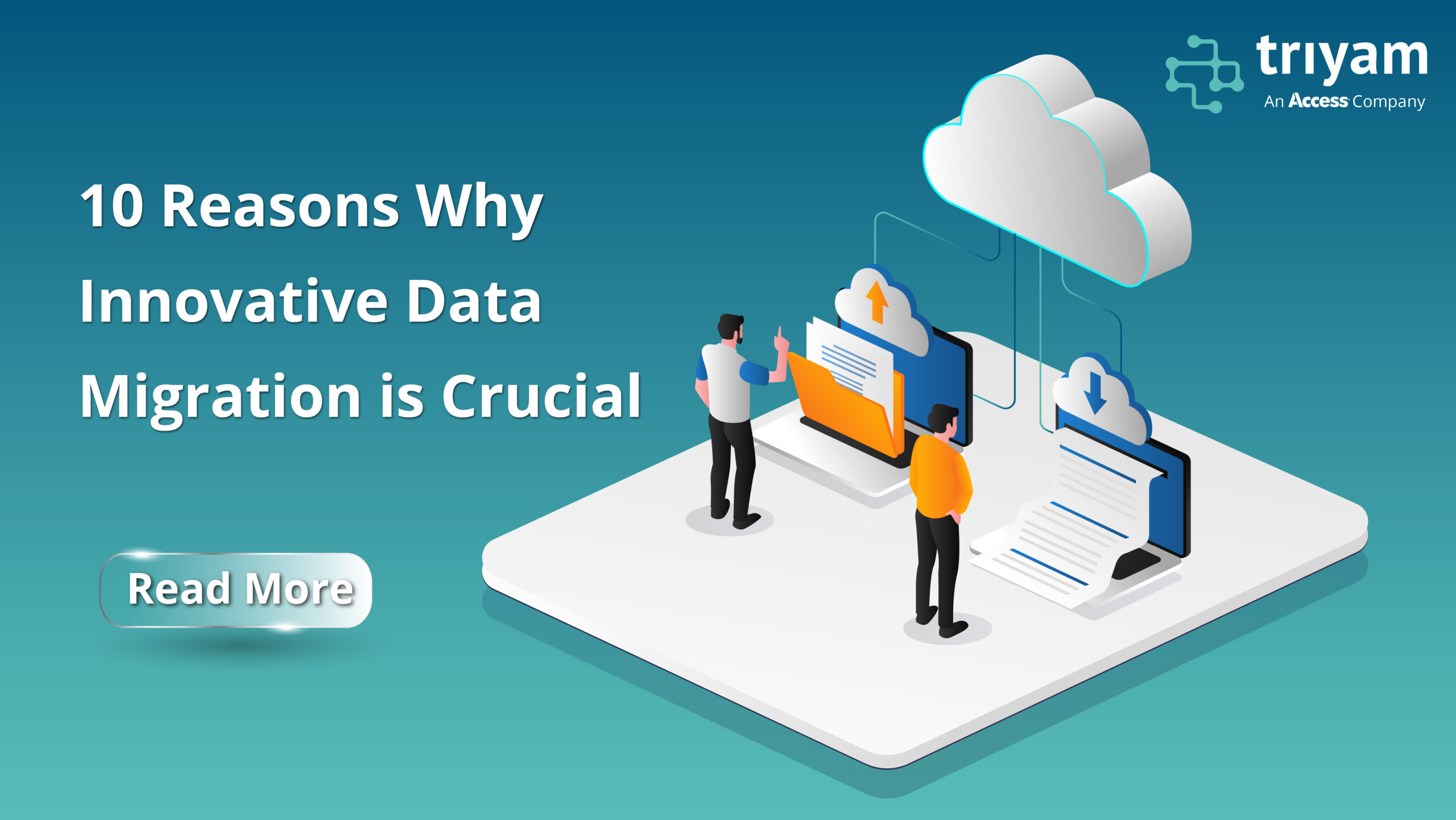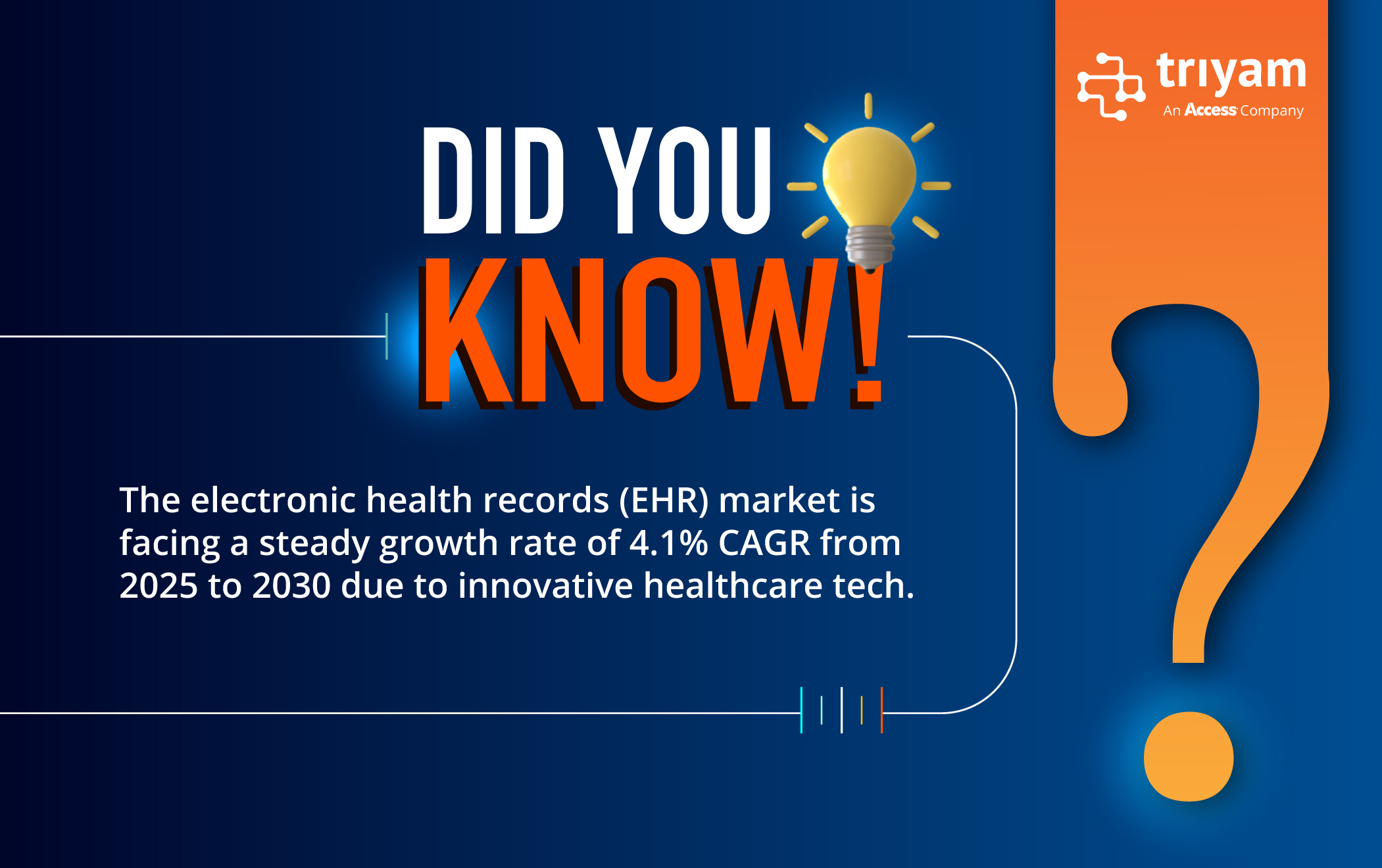Healthcare data migration, a key step to thrive within evolving dynamics, refers to the process of transferring critical clinical information from legacy Electronic Health Records (EHR) or Electronic Medical Records (EMR) systems to advanced, scalable platforms. Why is it becoming increasingly significant among health tech leaders? The answer is simple – improved data accessibility, accuracy, and security.
Cloud technology revamps data migration by offering flexible, secure, and cost-effective storage solutions. The goal is to preserve years of crucial medial details to share and analyze data seamlessly, leading to informed decisions for better patient and financial outcomes.
Let’s look at 10 key reasons why innovative data migration is your ticket to healthcare success:
1. Enhancing Care Quality
A study by KLAS Research showed that 82% of healthcare organizations experienced better patient care after transitioning to centralized data platforms. Data migration consolidates data within scalable systems, making data management real-time, easy and seamless. This reduces errors and delays and paves the path for data-driven decisions.
2. Adherence to Regulatory Compliance
Compliance with regulations like HIPAA is essential to protect patient identity. Modern data platforms come with enhanced compliance and automation features that align with evolving regulatory standards, avoiding financial and reputational damage.
3. Boosting Operational Efficiency
According to the Journal of Medical Systems, healthcare organizations increased operational efficiency by 25% following data migration. Advanced health tech ensures automated workflows, easier data retrieval and improved communication.
Read: Case Study on Kentucky River Community Care
4. Facilitating System Modernization
Data migration allows healthcare organizations to replace outdated electronic health records (EHR) systems with modern, advanced platforms with upgraded functionalities like better user interfaces, integrated telehealth, etc. for value-based care.
5. Improving Data Interoperability
Siloed or fragmented data restricts smooth data exchange across multiple healthcare systems, which can lead to improper care and monetary results. Modern data migration involves seamless interoperability in various formats for seamless data sharing, improving collaborative practices and connected care with up-to-date medical data.
6. Strengthening Data Security
Legacy data systems often have outdated security protocols and infrastructure. Migrating data to modern, secure cloud-based platforms reduces these risks by implementing stronger encryption, authentication protocols, and advanced security measures.
7. Supporting Mergers and Acquisitions
When healthcare organizations merge, historical health data integration is one of the most complex tasks. By migrating data to a unified system, patient records are consolidated, ensuring continuity of care and preventing errors caused by fragmented information.
8. Achieving Cost Savings
Legacy systems often require high investments in hardware and maintenance. Cloud migration replaces expensive physical infrastructures with cost-effective solutions. This also increases scalability, enhances functionality and lowers maintenance costs.
9. Enhancing Data Analytics Capabilities
Comprehensive data migration enables advanced analytics tools that can optimize clinical outcomes, identify patterns, forecast patient needs, and improve decision-making. This leads to proactive health management and evidence-based decision-making.
10. Ensuring Business Continuity
Innovative data migration approaches comprise of disaster recovery protocols to protect critical patient information from unforeseen disruptions, breaches and system failures with backup and redundancy measures to minimize interrupted care and data loss.
Connect with Triyam to know more and start your innovative data migration journey!


